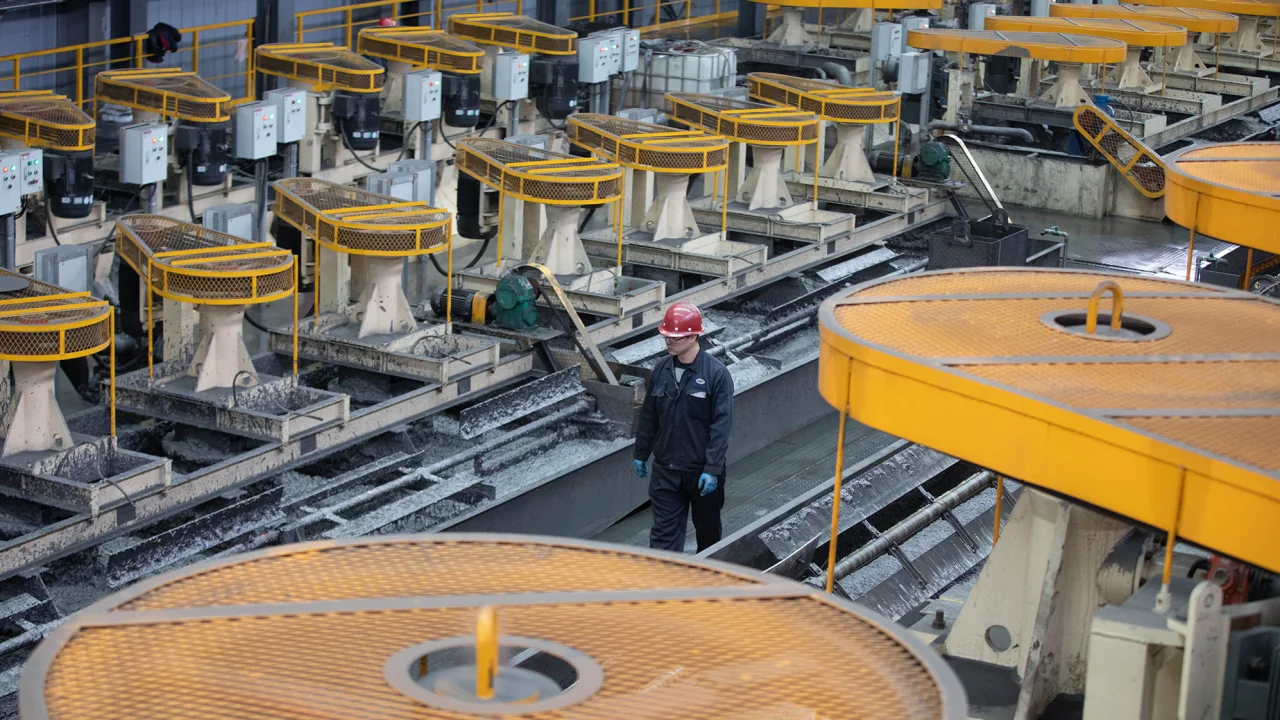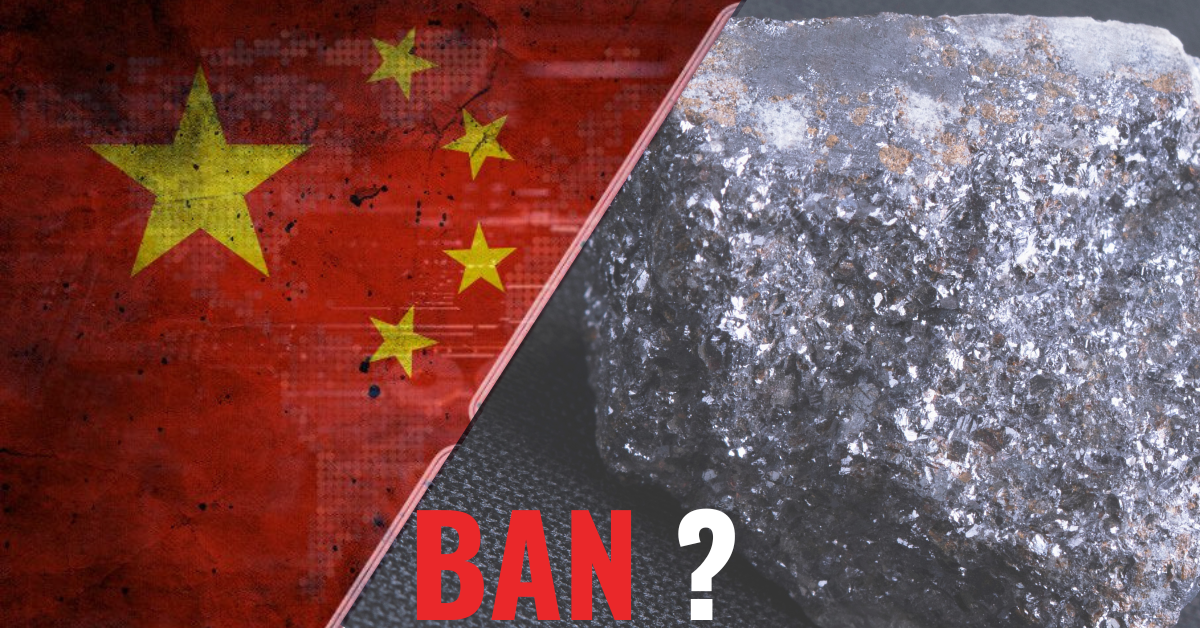China restricts the export of graphite from December 1. Under the new restrictions, exporters need to apply for Beijing permission to ship two types of graphite, including high-purity, high-hardness and high-intensity synthetic graphite material, and natural flake graphite and its products. Graphite is a crucial material for Li-ion battery manufacturing. It is used in the manufacturing of anode (negative electrode) and constitutes 15-20% of Li-ion battery mass. Globally China is the major exporter of graphite and refines more than 90% of graphite used for Li-ion batteries. And China mined 850,000 tonnes of natural graphite, accounting for around 65% of global production.

China’s commerce ministry said the move on graphite was “conducive to ensuring the security and stability of the global supply chain and industrial chain, and conducive to better safeguarding national security and interests”. The top buyers of graphite from China are South Korea, USA, India, and Japan. Japan and South Korea, which are other major players in Li-ion battery manufacturing, are planning to communicate with China to avoid any production disruption.

China on August 1, has imposed restrictions on export of gallium and germanium which are used in the manufacturing of power electronic chips. This has pushed up prices outside of the country. However, China is also facing supply chain barriers from western countries and the USA. The European Union is charging tariffs on Chinese made EVs and Chinese companies’ access to semiconductors, including more advanced artificial intelligence chips made by Nvidia, is widened in the USA.
Read More: Lithium Mining: Techniques, Prospects and Challenges







